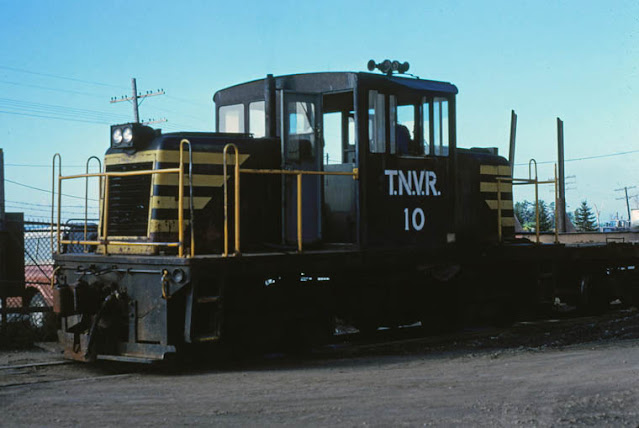The Hanford Site

The Hanford Site is a decommissioned nuclear energy production complex in central Washington State. First developed in 1943, it was part of the Manhattan Project , which culminated in the development of the first successful nuclear weapons. Image: United States Department of Energy - Image N1D0069267., "Nuclear reactors line the riverbank at the Hanford Site along the Columbia River in January 1960. The N Reactor is in the foreground, with the twin KE and KW Reactors in the immediate background. The historic B Reactor, the world's first plutonium production reactor, is visible in the distance." The site expanded to nine nuclear reactors during the Cold War , and would go on to produce most of the plutonium for the United States' arsenal of nuclear weapons. A Milwaukee Road line running from Beverly Junction, WA to Riverland, WA exclusively served the Hanford Site, as did a Burlington Northern running west of Mesa, WA. ( Right of way map ) According to Atomic Heritage...






